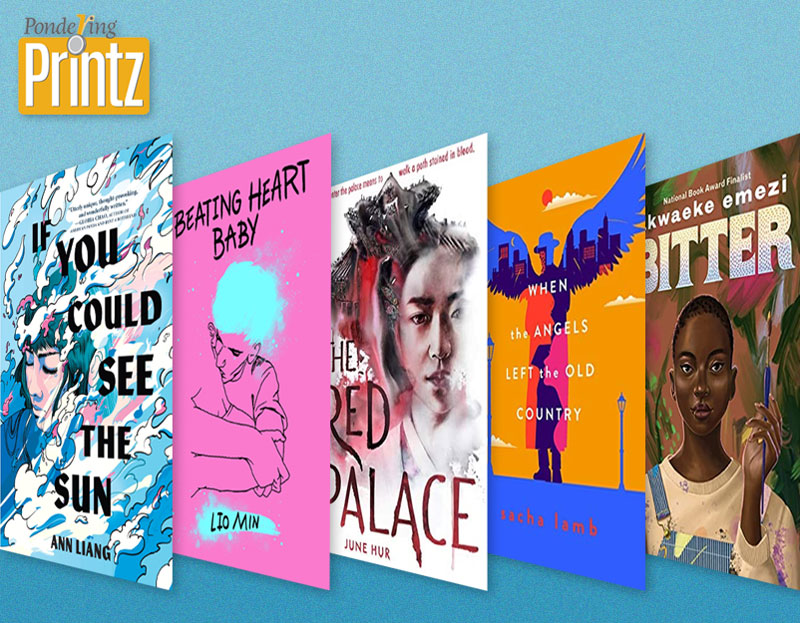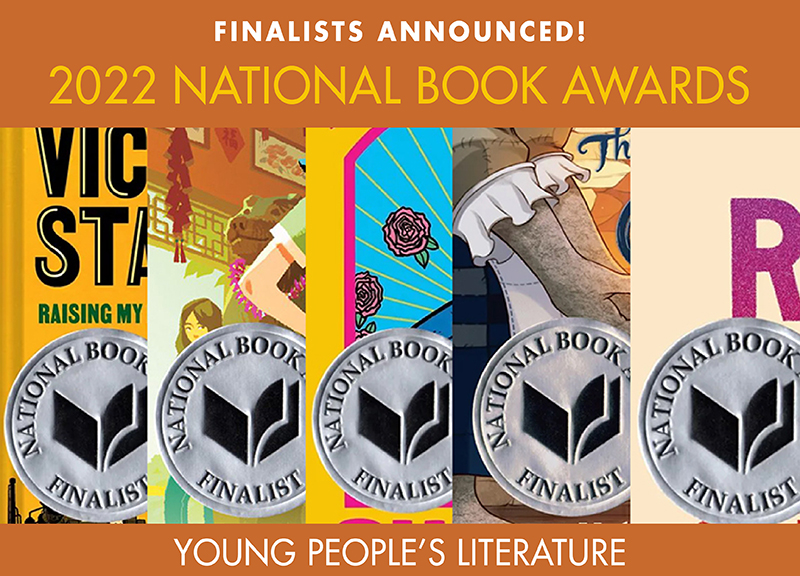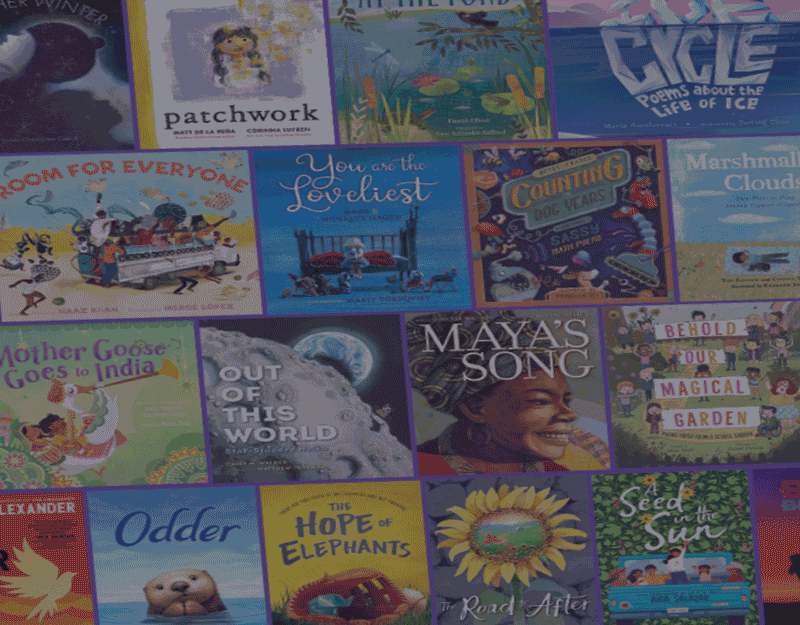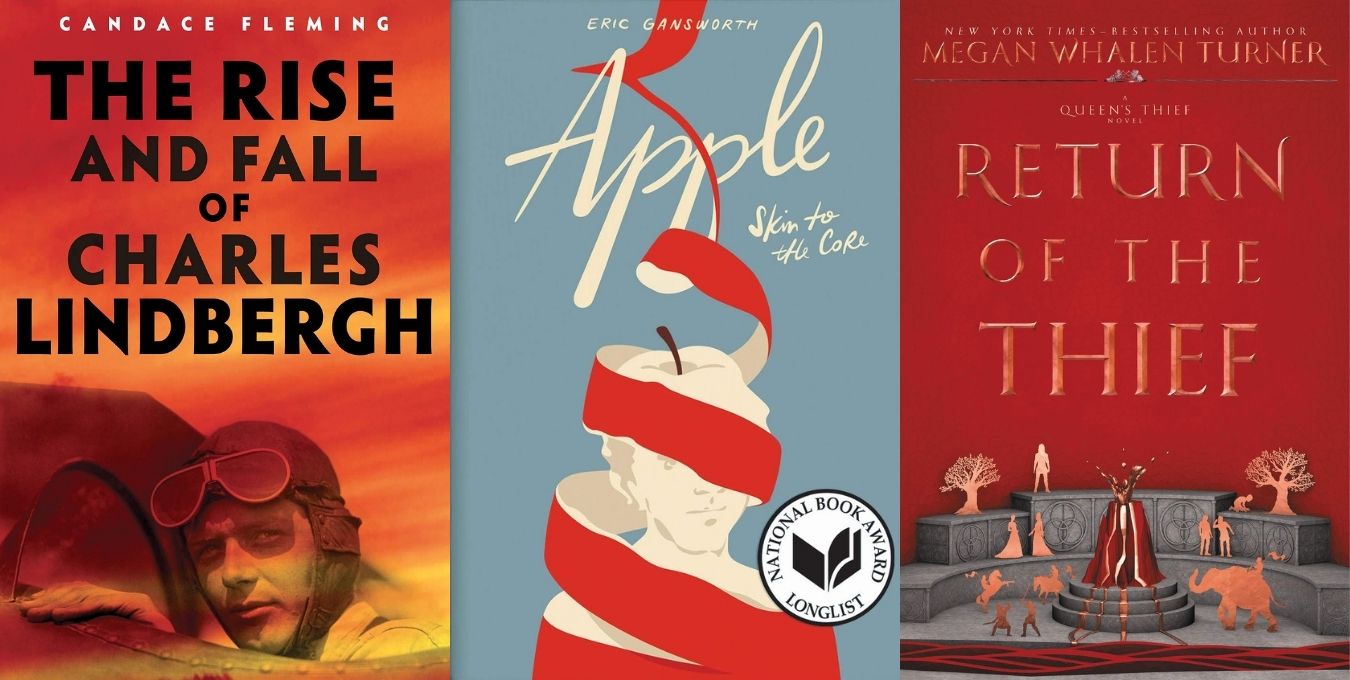Review of the Day: Genies, Meanies, and Magic Rings (Part One)
Give Stephen Mitchell a looksee. Stare long and hard at him for a while. Really take him in. Why? Because, my friend, you are in the presence of a very smart man. A man who realized something that a lot of authors need to take into account. When it comes to classic tales like “The Arabian Nights” there are very few child-friendly versions of the tales that have been published in the last ten years. That doesn’t stop my library patrons from asking for some, though. I’ll hand them a thick text circa 1973 with copious words and few pictures and they’ll give me that hurt puppydog look. The look that says, “Why won’t you give me what I want?” And what they want (though they don’t know the title yet) is “Genies, Meanies, and Magic Rings”. A new look at three of the classic Arabian Tales, Mitchell has given new light to the well-known and even reintroduced stories that we might not have heard in their original incarnation before. A necessary purchase and then some.
Three stories culled from “The Arabian Nights” appear in this volume, varying in fame. There is “Ali Baba and the Forty Thieves” (which has amazingly eluded Disneyfication until now) about a poor man named Ali Baba and his discovery of a cache of thieves gold. “Abu Keer and Abu Seer” looks at the story of two men, one good and one bad, and the various trials one must suffer at the hands of the other. Finally, “Aladdin and the Magic Lamp” rounds out the book and maintains its status as one of the world’s finer stories for children.
ADVERTISEMENT
ADVERTISEMENT
Look. Anyone who flips through the first ten pages of the original “Arabian Nights” will tell you right off the bat that it is NOT a work of fiction appropriate for children. There’s some serious sex-related stuff in those stories, to say nothing of the awe-inspiring tortures and dismemberments that abound. That means that it was up to Mr. Mitchell to make the stories accessible to kids today. This is no easy task. Sometimes updating a classic tale or story goes all wrong. Consider, for example, Julius Lester’s well-meaning but flawed retelling of the classic Brer Rabbit in, "The Tales of Uncle Remus". For the most part, Lester did a supremely wonderful job. But then he’d try to “update” the tales and throw in a reference to a shopping mall, or some similarly jarring image, and throw the whole story out of whack. I was a little worried that Mitchell here might go the same route. I needn’t have worried.
As he says in his Afterword, “I have kept the main story lines, but I have abridged, deleted, and expanded incidents, added and deleted dialogue, modified motivation and character, and made whatever other changes seemed appropriate in order to bring these tales to life in the English of today.” Sometimes it’s a physical change to the original story, and sometimes an emotional one. When Aladdin sees the beautiful princess for the first time we hear that, “Even though he had just seen her for the first time, it was as if he knew her better than anyone he had ever met – as if she were his best friend and they had known each other a long, long time ago and he had just recognized her again after all that time.” Aww. Love at first sight rarely gets described as sweetly. And rarely do princesses get much of a hand in their own rescue, but Mitchell knows enough to give the princess the gumption to help Aladdin figure out how to get his lamp back.
It doesn’t hurt matters any that Mitchell is in possession of a bit of a silver tongue. In the tale of “Abu Keer and Abu Seer”, for example, he has characters discussing various shades of cloth. “I can dye it the color of a rose or a cherry, a ruby or a sunset or a hummingbird’s throat.” Mitchell’s a fan of lists. There’s a section of the story where we are told of the variety and scope of the food the genie brings to Aladdin and his mother. Reading it to myself just now actually cause my stomach to growl. I should mention that though the stories have been updated and made viable to today’s youth, there’s still some old-fashioned let’s-scald-the-evil-doers-alive-in-urns types violence here and there. Not that it’s graphic or hurts the story any, but FYI.
Some of the stories might cause surprise. Some kids would be amazed to find Aladdin and his Magic Lamp is a tale set in China, but it makes sense. In his Afterword, Mitchell discusses his sources and where he found one tale or another. “The tales originated from the Indian, Persian, Arab, and Chinese merchants who traveled on the Silk road between northern China and the Middle East.” The Afterword also puts to rest any fears one might have about Mitchell’s research and intentions. Here you will find explanations of the earliest printed editions of the tales, not to mention the first European translations, their importance, and even little matters like how we know that “Abu Keer and Abu Seer” is a relatively recent creation (tobacco is in the story but didn’t hit the Near East until the 17th century). Hats are tipped too to the translations of the tale done by Edward Lane, Sir Richard Francis Burton, and Husain Haddawy (as recently as 1995!).
(CONTINUED IN PART TWO)
Filed under: Reviews
About Betsy Bird
Betsy Bird is currently the Collection Development Manager of the Evanston Public Library system and a former Materials Specialist for New York Public Library. She has served on Newbery, written for Horn Book, and has done other lovely little things that she'd love to tell you about but that she's sure you'd find more interesting to hear of in person. Her opinions are her own and do not reflect those of EPL, SLJ, or any of the other acronyms you might be able to name. Follow her on Twitter: @fuseeight.
ADVERTISEMENT
ADVERTISEMENT
SLJ Blog Network
2024 Books from Pura Belpré Winners
Winnie-The-Pooh | Review
Parsing Religion in Public Schools
Finding My Own Team Canteen, a cover reveal and guest post by Amalie Jahn
ADVERTISEMENT








